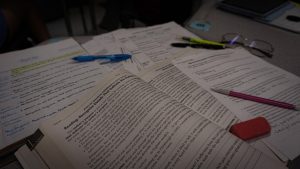
Spring break rapidly approaches as the year veers towards its looming end. The 2023-2024 school year has entered the final quarter, and with that comes mountains of excess stress. For many, the fourth quarter is the final chance to boost grades and put in the extra effort to avoid finals.
AP students are approaching AP exams, and some courses have people apprehensive about EOCs. Matea Jurca explains that “when we come back from spring break, we go full throttle into exam preparation,” which makes the second semester one of the most demanding times of the year. With several stressors shimmering on the horizon, highschoolers are busy cramming their schedules with schoolwork to prepare for these events. While preparation is important, so is mental health, and spring break should be treated as an actual break.
It can be tempting to use the free week as time to spend slaving over practice problems, FRQ prompts, and timed tests. Natalie Colon shares that often, “spring break is nothing of a break, but rather a week long study hall before classes resume.” This mindset is pressed upon students by both external and internal influences such as their peers and personal standards, but it defeats the purpose of a break.
The time off is meant to give students a quick reprieve from the challenges they face in their academic careers; not using the break as such is a disadvantage to oneself. If the time isn’t used to decompress and is instead used to pile on more stress, it is only a matter of time before an inevitable crash.
“Spring break is nothing of a break, but rather a week long study hall before classes resume.”
The pressure to perform comes from many places for different people, but some Danes agreed that most of the stress comes from their peers, grades, and upcoming tests. Colon admits that “I do feel pressured to use spring break as a time to study because of the fact that most classes are close to being done after the break.”
Bailey Redding shares a similar opinion, saying that she feels “pressured by my grades and any teachers that have tests or anything due after the break.” No matter where the stress comes from, it is important to acknowledge it and take the time to rest and relieve the anxiety.
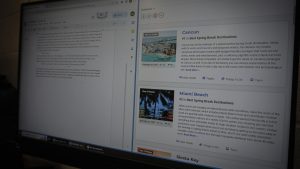
Taking a break is critical to both the mental and emotional wellbeing of teenagers and adults alike. Stress is unavoidable, but excess anxiety can be reduced by making a conscious effort to allow for leisure time. Breaks can have several benefits such as recentering focus, balancing mood, and restoring mental stamina. Taking time off to focus on mental, emotional, and physical health can actually help improve performance after coming back to school or work.
AP Chemistry teacher Mrs. Jewett notes that, “The final push into EOC/AP/Final exams is a critical time of year, and everyone needs to be refreshed to do their best.” The body and mind can only take so much, and there will be a crash if it is pushed past its limit, but this can be avoided by carving out space in your schedule to unwind.
Denmark Danes have many personal plans to make their spring break count. From world travel to staycations, many students and staff members are prepared to take time to care for their mental health. For those unsure of how to do this, Danes have shared a few suggestions. Some simple refreshing activities could include creating a painting, heading to a nearby park, visiting your favorite coffee shop, baking a yummy snack, or going out with friends.
Disha Sujith comments that “For some students, it might even be the last time to relax until the end of the year, so I think de-stressing and resting is a priority for this break!” So however you plan on spending your spring break, just remember that getting back to your full potential requires giving yourself the rest to do so.



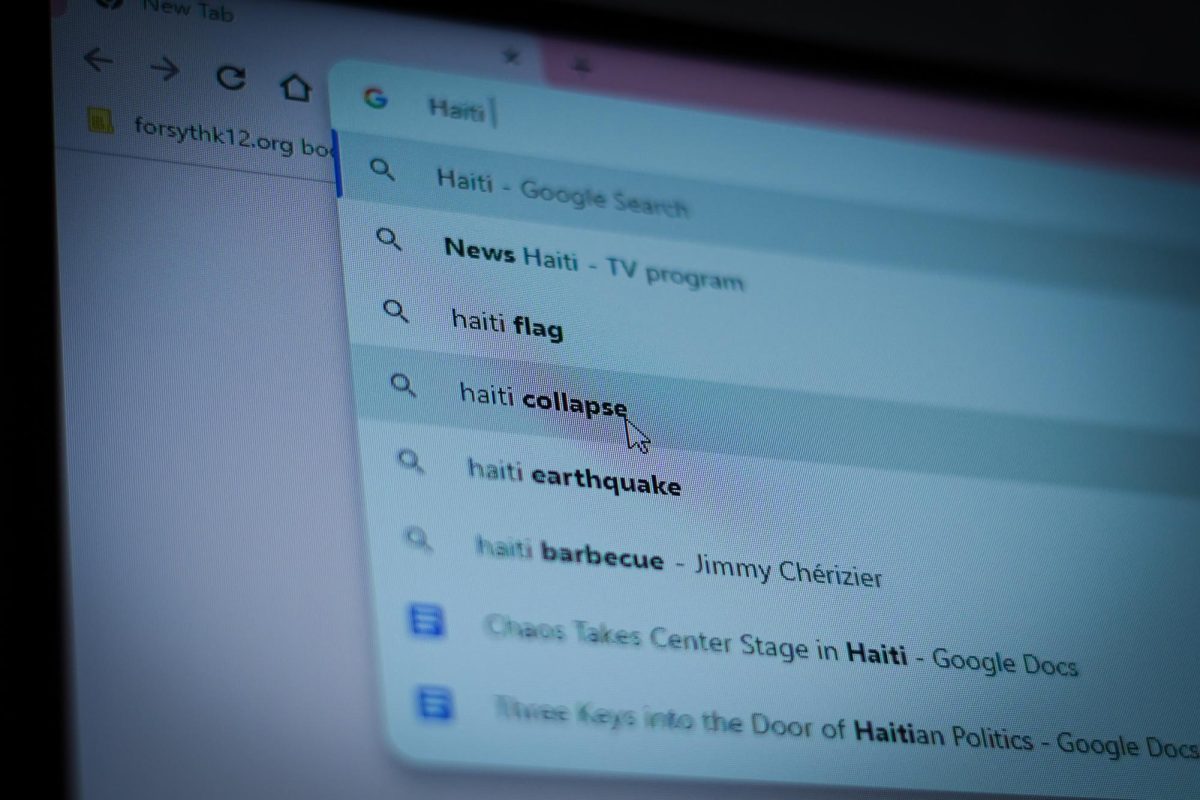




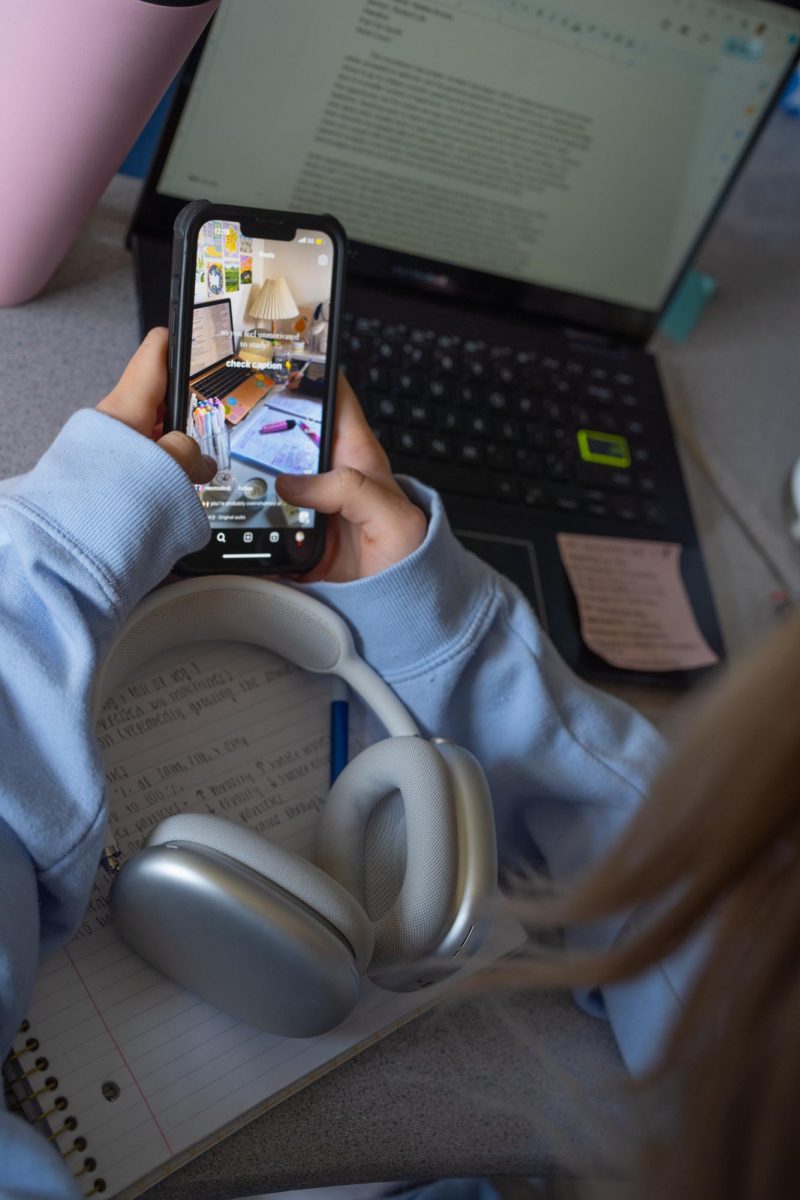
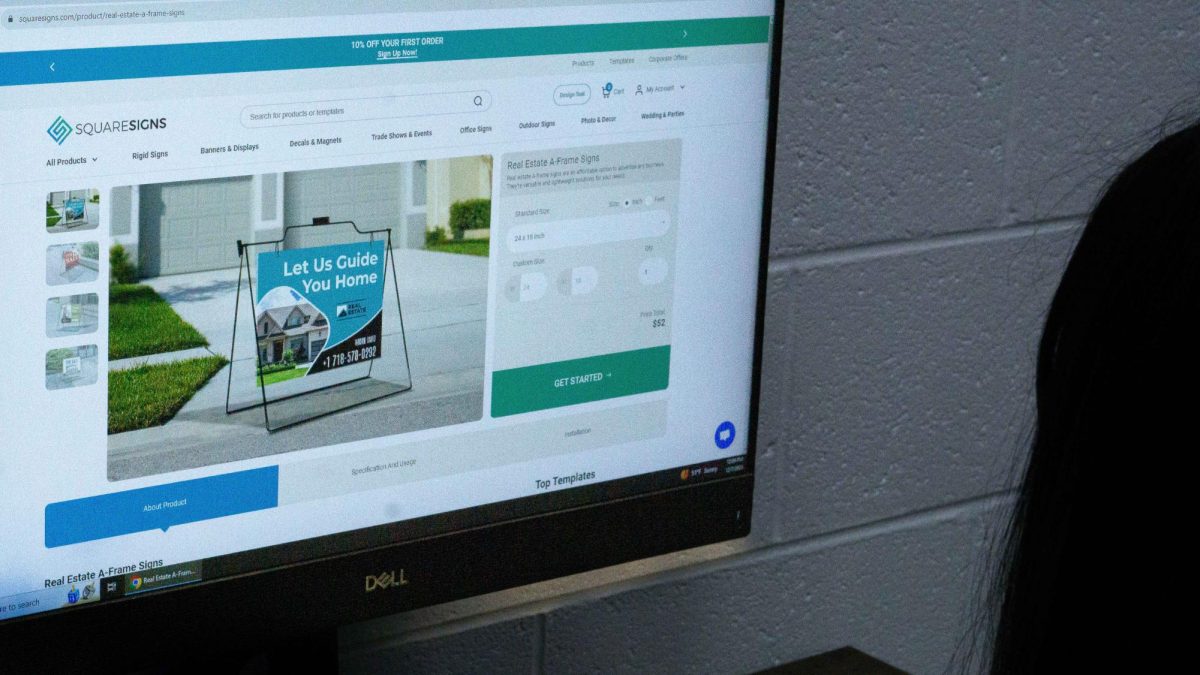








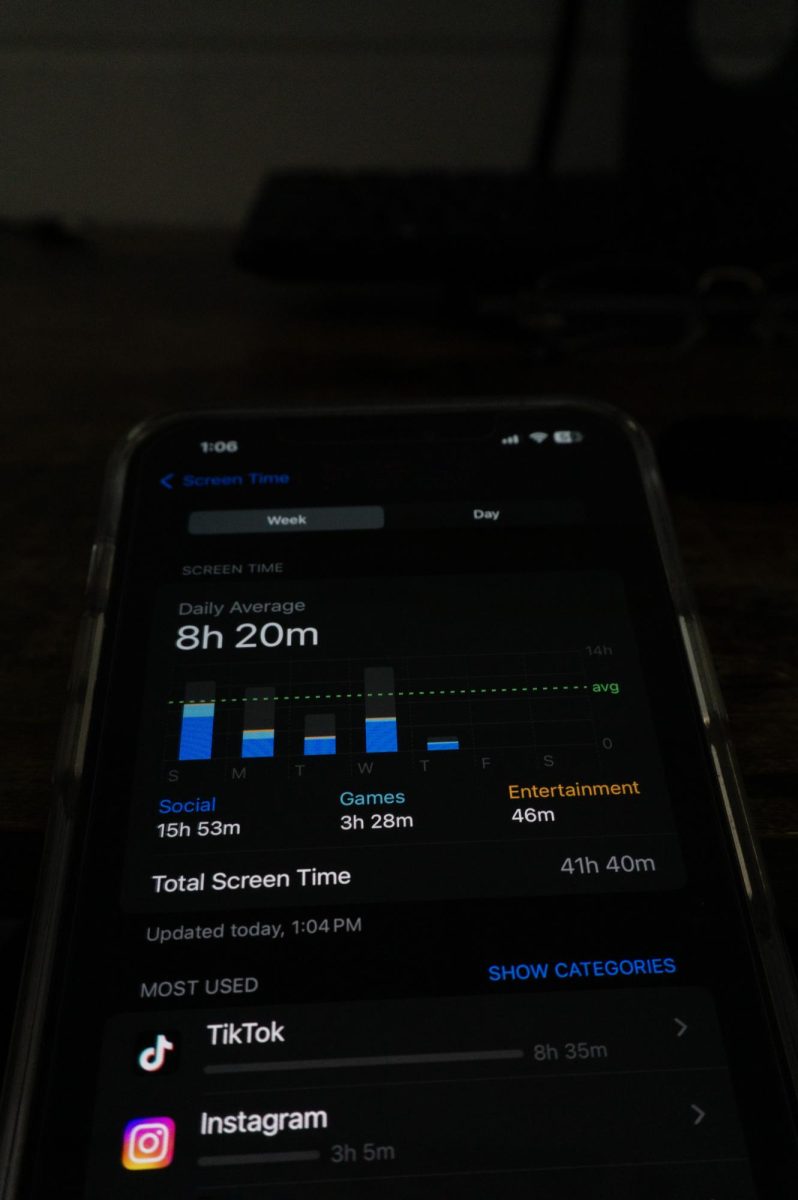
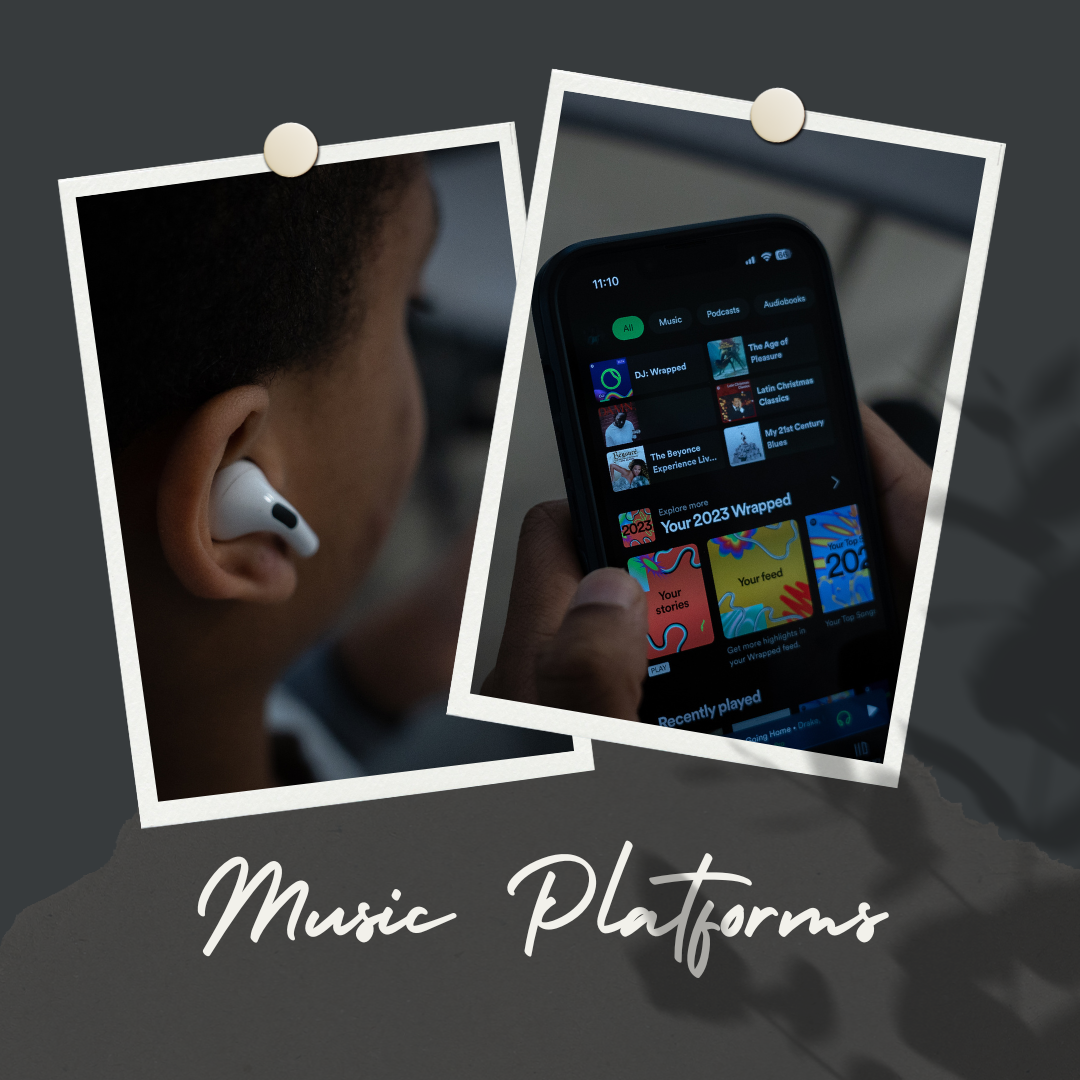

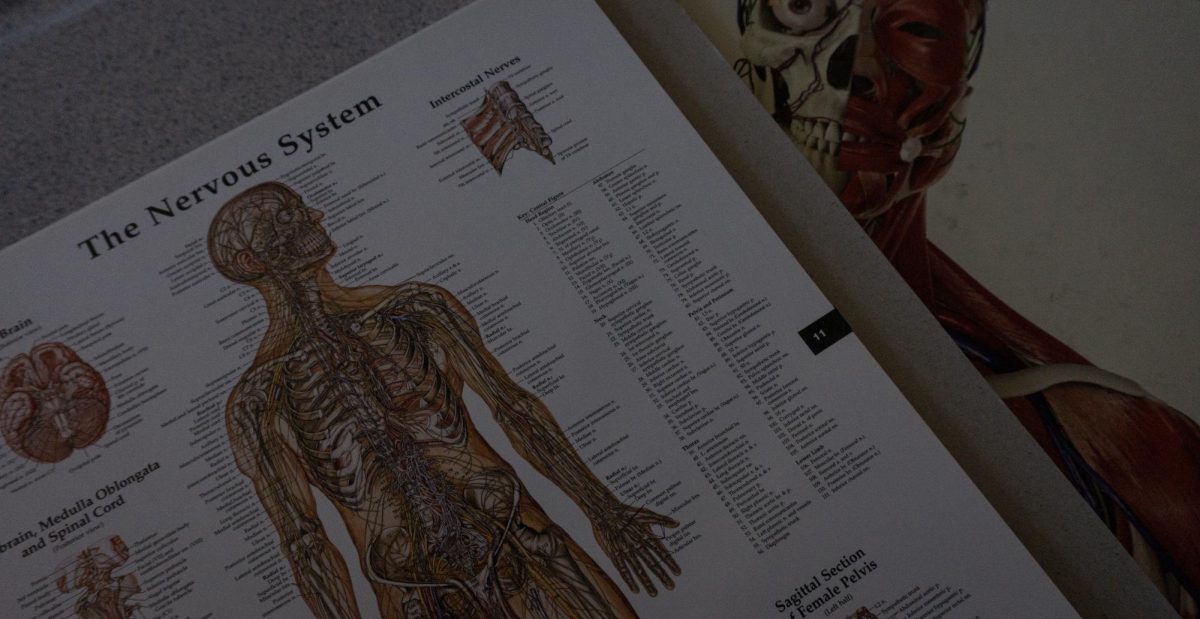









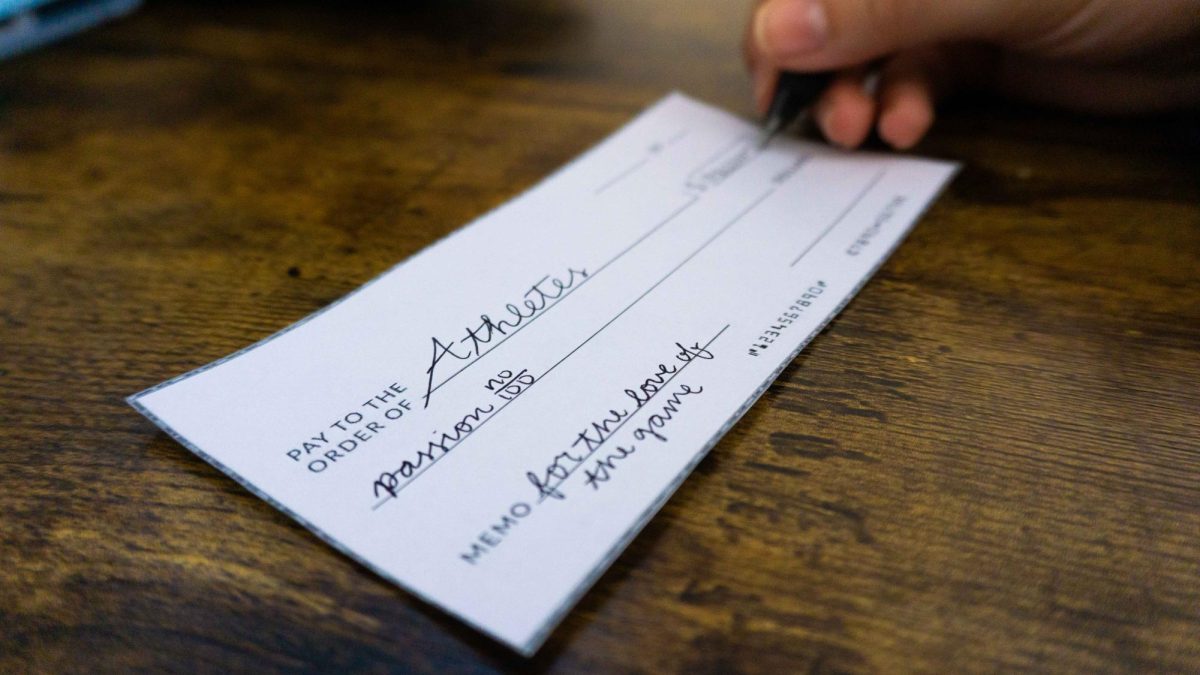
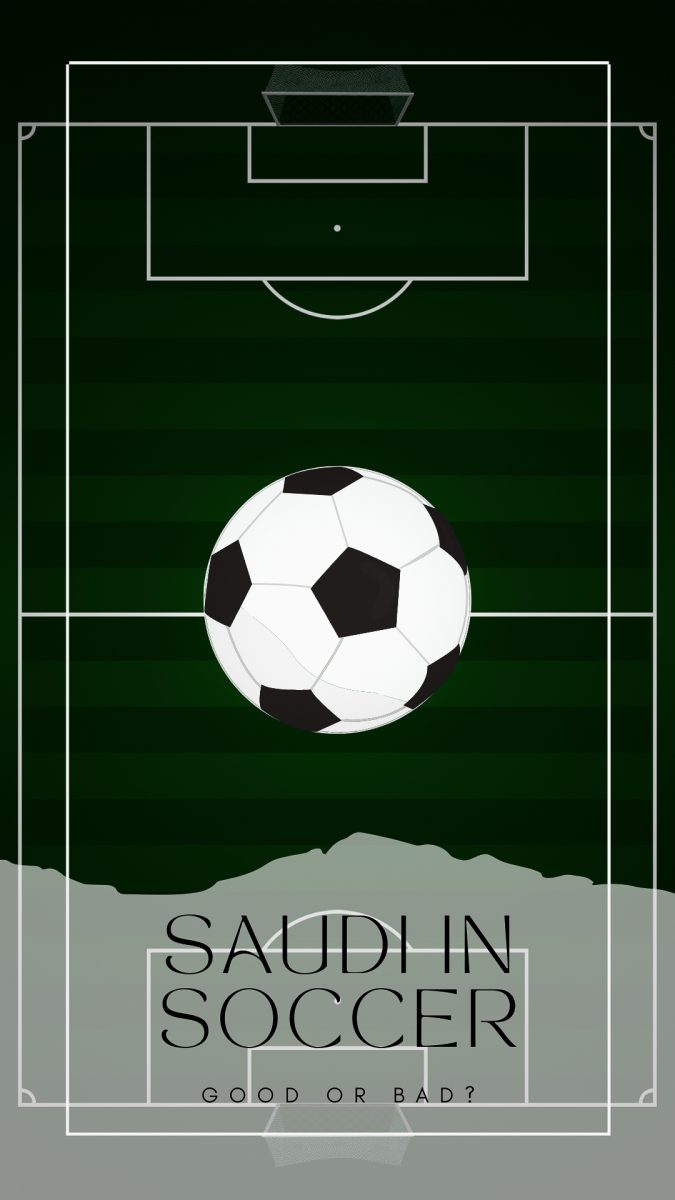




grecia • May 13, 2024 at 5:23 pm
I like how you got a teachers point of view on this its interesting seeing what a teacher thinks about this! Really well written too.